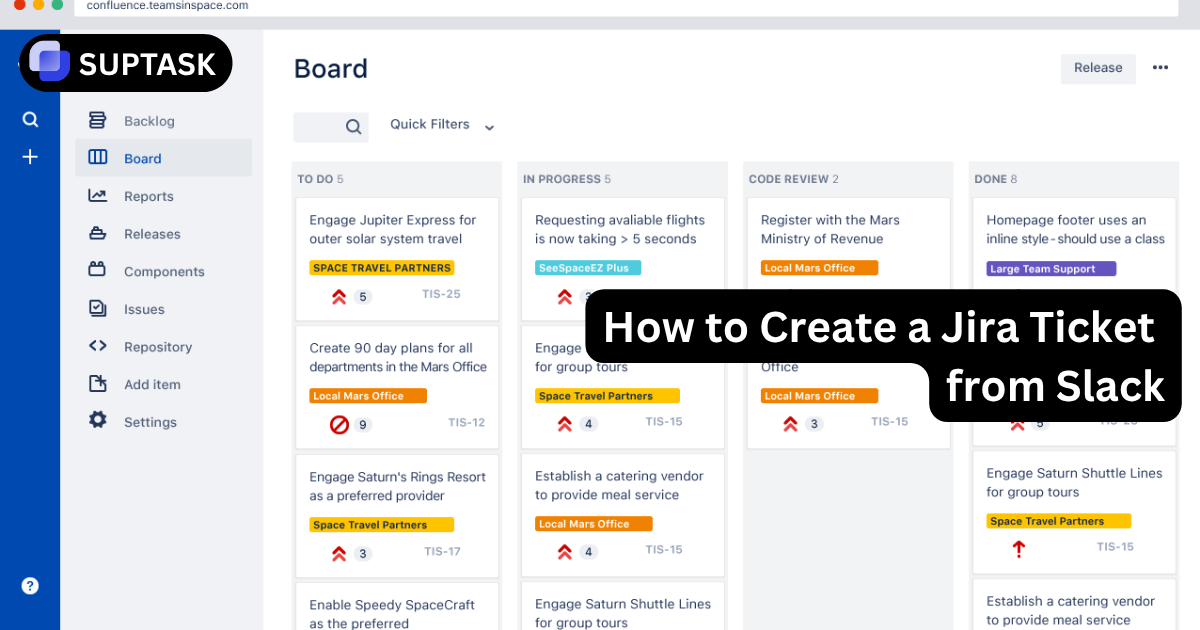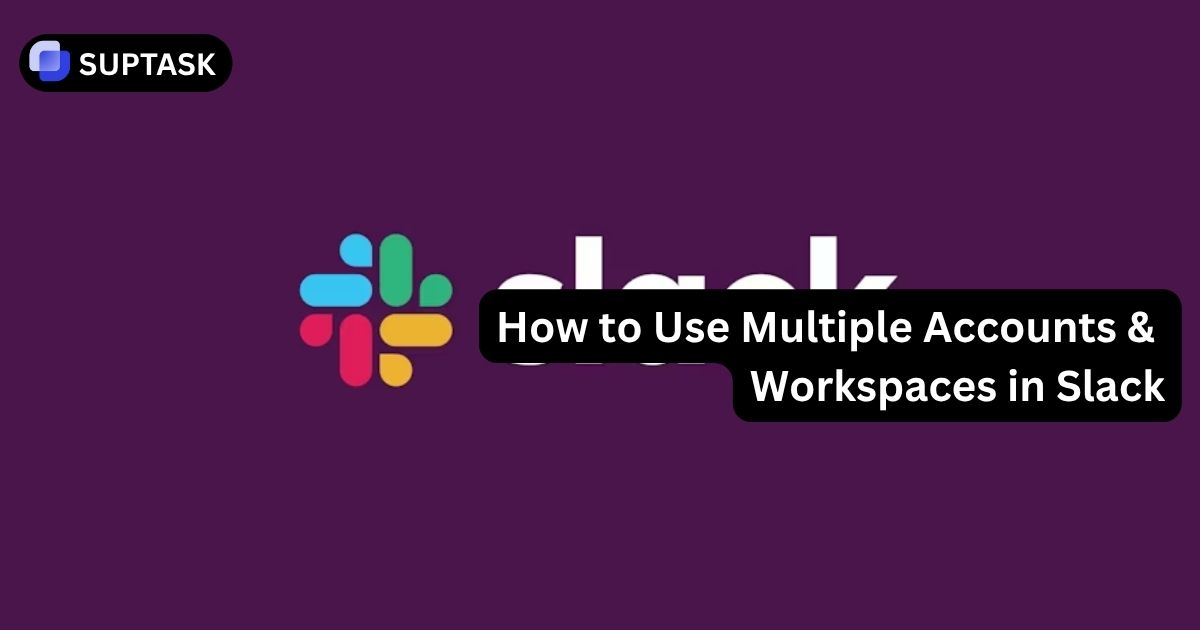In the modern world, where technology and fast-paced environments prevail, businesses must prioritize efficient and effective communication. This is essential to provide seamless support to customers, employees, and partners.
Introducing service desk software: a crucial IT service management (ITSM) tool that aims to streamline support services and boost productivity. But what exactly is service desk software? And how can it transform your business operations? Keep reading to explore the intricacies of this powerful tool, its features, advantages, and how to select the ideal solution for your organization.
Key Takeaways
- Service Desk Software is a tool used in IT Service Management (ITSM) that aids in communication and streamlines processes.
- Some important features to consider in a platform are Ticket Management, Integration with Knowledge Base, and Tools for Agent collaboration.
- By implementing Service Desk Software, businesses can streamline support processes, resulting in enhanced customer satisfaction, improved operational efficiency, and higher service quality.
Understanding Service Desk Software

Service desk software plays a vital role in IT service management (ITSM) by providing support services for customers, employees, and partners. It acts as a bridge that connects these different groups together. The features offered by service desk software include:
- Service request management
- Change management
- Release management
- Configuration-related activities
Service desk software is an essential tool that improves organizational customer satisfaction and operational efficiency. It enhances service desk capabilities by streamlining communication and automating processes.
Key Features of Service Desk Software
A good service desk software should include several key features that facilitate efficient support services.
- Ticket management: This feature allows for the convenient organization and prioritization of customer inquiries and issues.
- Knowledge-based integration: Enables users to access a searchable repository of information, which reduces the reliance on constant support intervention and promotes self-service options.
- Efficient communication and prompt issue resolution: Support teams can utilize agent collaboration tools such as ticket priorities, labels, and private comments. These tools enable seamless collaboration among team members.
These features combine to create a support experience that is smooth and effective for both customers and support agents.
Related: What is a ticketing system?
Benefits of Implementing Service Desk Software
Implementing service desk software can bring a multitude of benefits to an organization.
- Improved customer satisfaction: Customers receive faster response times, better service, and more efficient issue resolution.
- Operational efficiency: Streamlined communication and improved visibility into service requests.
- Ability to monitor agent performance: Real-time analytics and customer satisfaction insights can help shape future training and improve overall service quality.
Among the key benefits, these factors contribute to a more effective and customer-centric approach.
Types of Service Desks and Their Applications

There are various service desk options available to meet the diverse needs of different organizations. Each option, whether it's a local, centralized, or virtual service desk, offers unique advantages and applications. By understanding the differences between these types of service desks, you can make an informed decision on which one best suits your business requirements.
This section, we will discuss different types of service desks and their specific applications. We will provide insights into how these types can be suitable for various organizations.
Local Service Desks
Local service desks are conveniently located on-site or close to the customer, catering specifically to users within the same locality or nearby branch offices. These desks are particularly beneficial for small and medium-sized enterprises that value personalized support and prefer face-to-face interaction with their service team, which ultimately results in efficient service delivery.
Local service desks offer a more personalized and intimate support experience. However, they may face challenges in terms of scalability and resource limitations compared to centralized or virtual service desks.
Centralized Service Desks
Unlike local service desks, centralized service desks provide a single contact point for all IT incidents and service requests across an organization. This streamlined approach simplifies communication and support, resulting in quicker resolution of tickets and enhanced customer satisfaction and the best halp alternatives.
Managing and maintaining centralized service desks can be a challenging task that requires significant resources and personnel. It can also come with higher deployment and maintenance costs compared to local or virtual service desks. Prompt and practical support becomes crucial in ensuring the smooth operation of these centralized service desks.
Virtual Service Desks
Virtual service desks are a convenient option for receiving support online. These service desks can be accessed from any location or device with internet connectivity, assisting 24/7. With multiple service desks in different time zones, customers can receive help whenever they need it.
Virtual service desks provide numerous benefits, including enhanced customer service, heightened productivity, and cost savings resulting from decreased reliance on on-site support staff. However, the effectiveness of a virtual service desk hinges greatly on the quality and reliability of the software utilized and the efficiency with which support teams manage it.
Service Desk vs. Help Desk: Understanding the Difference

Although "service desk" and "help desk" are often used interchangeably, there are important distinctions between the two. Service desks have a broader scope, overseeing the entire lifecycle of IT services. This includes managing incidents, addressing problems, and implementing changes.
In contrast, help desks are primarily dedicated to providing immediate support for specific queries and issues, offering a more narrowed scope of services. The following information will explore the differences between service desks and help desks, shedding light on their distinct functions and limitations.
The Role of a Service Desk in IT Service Management
The service desk plays a crucial role in IT service management, handling incidents, service requests, and change management. By performing these functions effectively, the service desk helps maintain stability in the IT environment and minimizes disruptions to business operations.
The service desk is responsible for:
- Receiving, logging, and resolving incidents and service requests
- Ensuring that issues are addressed promptly and efficiently
- Overseeing and regulating modifications to IT services through change management
- Maintaining control over the IT infrastructure and mitigating potential risks.
Help Desk Functions and Limitations
While both help desks and service desks aim to provide support, help desks are more specialized in addressing immediate and specific queries or issues. They focus on troubleshooting problems and responding to incidents, ensuring that users receive prompt assistance when faced with technical difficulties.
While help desks can provide assistance for immediate problems, they are often unable to address complex issues or proactively manage IT services. This limited focus on resolving immediate concerns can create a reactive approach that may impede the overall efficiency and effectiveness of IT support.
Choosing the Right Service Desk Software for Your Business
Choosing the best service desk software for your business is an important decision that can significantly affect the efficiency and effectiveness of your IT support. Evaluating the features, pricing, and compatibility of different service desk software options with your organization's specific needs and goals is crucial in making well-informed choices.
This guide will help you navigate the process of selecting the best service desk software for your business, highlighting important factors to consider and steps to take.
Top Service Desk Software Options
When evaluating service desk software, reviewing the top options available in the market is helpful. Some of the leading service desk software solutions include:
As you can see, a lot of people use Slack for custommer support, which is why Suptask has foccus on that integration.
These solutions offer a range of features and capabilities, such as ticketing, asset management, knowledge base, self-service portals and eporting.
In order to make the optimal decision for your organization, it is crucial to thoroughly research and compare these options. This involves considering their various features, pros, cons, integration capabilities with automation systems like Slack ticketing system, as well as determining their suitability for your specific business requirements and potential partnerships.
Evaluating Service Desk Software
You must consider several factors while assessing service desk software, such as ease of use, scalability, and integration capabilities. Closely examining the software’s help desk features, like hr ticketing system, asset management, and knowledge base, is also required to ensure they align with your organization’s needs.
In addition to considering the software's scope, cost, metrics, and KPIs, it's important to take into account user reviews and feedback. These can provide valuable insights into the overall user experience. By carefully evaluating these aspects, you can confidently select a service desk software that aligns with your organization's objectives and requirements.
Improving Your IT Service Desk Operations with Automation

Automation plays a crucial role in enhancing the efficiency and effectiveness of IT service desk operations. It offers valuable potential for handling service requests and incidents more efficiently.
Automation offers several advantages for both customers and support agents. By streamlining ticket management and improving knowledge base management, it can lead to increased satisfaction and faster resolution times.
Implementing Automated Ticket Management
Automated ticket management is a system that utilizes AI and automation to handle, categorize, and prioritize customer service inquiries and support tickets. This approach ensures a more organized and efficient way of managing customer requests. By implementing automated ticket management, businesses can achieve faster issue resolution, enhance agent productivity, and ultimately improve overall customer satisfaction.
To implement helpdesk ticketing system, you need to follow these steps:
- Select a service desk software that meets your business requirements.
- Configure the software to your specific needs.
- Integrate the software with other systems.
- Train your staff on how to use the software.
By following these steps, you can effectively implement automated ticket management in your organization.
Enhancing Knowledge Base Management with Automation
Automation can play a vital role in enhancing IT service desk operations, particularly in the management of knowledge bases. By automating the organization and administration of information within a knowledge base, users can effortlessly access pertinent details. This contributes to more prompt issue resolution and ultimately improves customer satisfaction.
Implementing automated knowledge management involves:
- Creating a knowledge base
- Establishing automated processes for updating and maintaining the knowledge base
- Integrating the knowledge base with other systems
By enhancing knowledge base management with automation, you can further optimize your IT service desk operations and provide a superior support experience for your customers.












